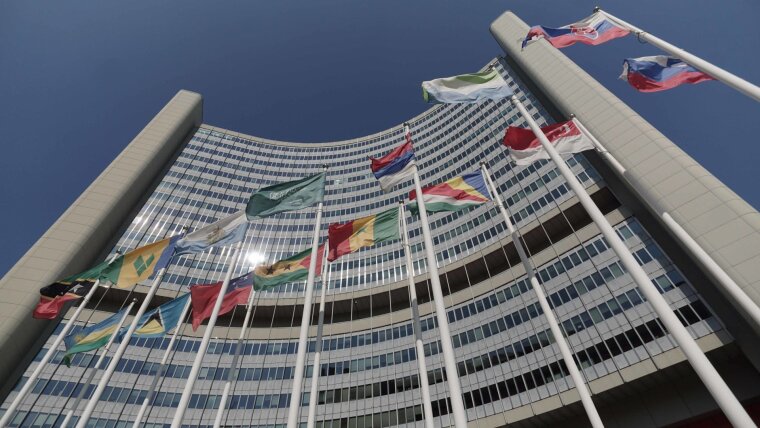
The United Nations (UN) have declared 2022 the »International Year of Glass« (IYOG) to raise awareness of the significant contribution this material has made over several millennia of human history and the important role it will continue to play in the future.
It is impossible to imagine the modern world without glass. And the immense challenges of the future cannot be overcome without this material, which stands for innovation and transformation like no other. The aim of the »IYOG« is to highlight the important role to be played by glass when it comes to achieving the 17 Sustainable Development Goals (SDGs) included in the UN’s 2030 Agenda. Here is a selection of those goals:
SDG 3: Good Health and Well-Being
Bioactive glasses are used as implants, glass-based nanoparticles can transport drugs to specific parts of the body, and inert glass vessels protect vaccines and pharmaceuticals – not least during the ongoing pandemic.
SDG 6: Clean Water and Sanitation
Millions of people still die every year from diseases caused by contaminated water. Porous and coated glass filters can effectively and affordably remove harmful substances and impurities from drinking water to help supply the global population with clean water. Photocatalytic reactors and treatment systems based on glass materials make freshwater drinkable.
SDG 7: Affordable and Clean Energy
Glass can be used to manufacture highly transparent protective covers for photovoltaic systems. Solar thermal power plants work with glass mirrors that reflect sunlight to heat fluids in glass tubes that drive generators. Glass photobioreactors can also be used to grow microorganisms that convert solar energy into chemical energy. Composite materials reinforced with glass fibres are used in turbine blades to convert wind energy into electricity.
SDG 9: Industry, Innovation, and Infrastructure
Global communication systems function with optical fibres that transmit data quickly with minimal losses. Fibre lasers use glass doped with rare earths, which has now become standard practice for many applications. Ultra-thin glasses for flexible, even foldable displays are currently under development. Flows of information are managed using circuits with components made entirely or partially of glass such as spherical lenses, prisms, and beam splitters. Special glasses enable information to be visualized using augmented and virtual reality devices.
SDG 11: Sustainable Cities and Communities
Modern land-based vehicles and aircraft feature windscreens and cockpit windows made of chemically reinforced glass; this improves safety, boosts fuel efficiency by reducing weight and allows certain display features to be integrated. Coated windowpanes help make buildings energy-neutral and can even be used to produce energy if photovoltaics and other innovative technologies are integrated into the glazing.
SDG 12: Responsible Consumption and Production
Glass is eco-friendly by nature. Most glass is made of natural raw materials that are readily available. The recycling rates are high. More energy-efficient melting technologies and optimized glass compositions could further reduce our carbon footprint. The International Year of Glass can help to spread the word about sustainable practices.